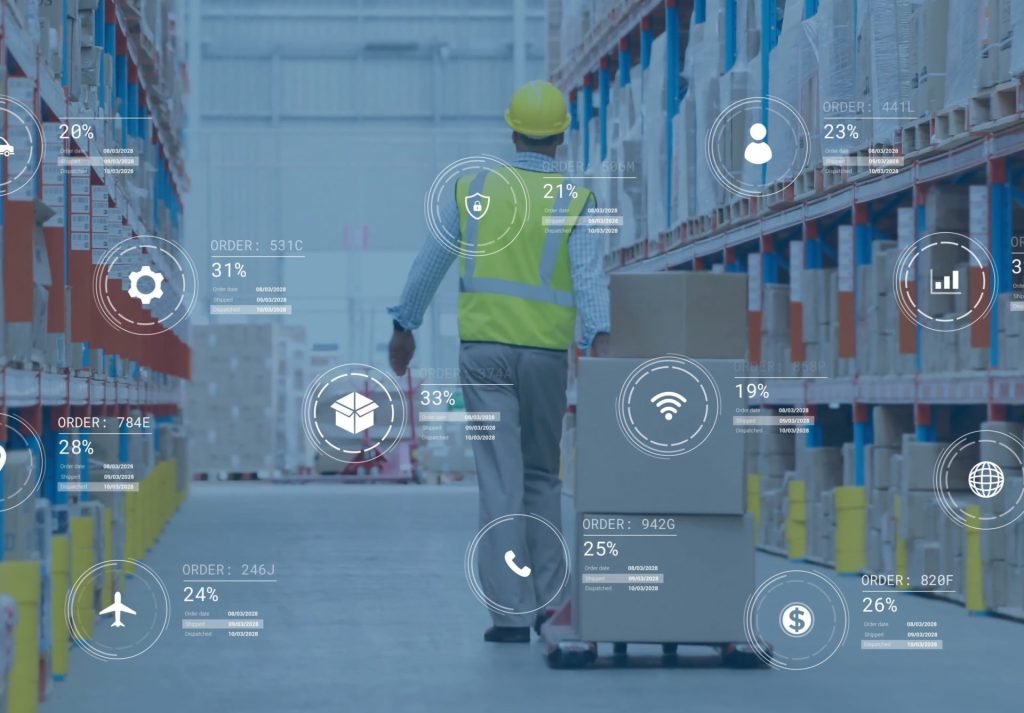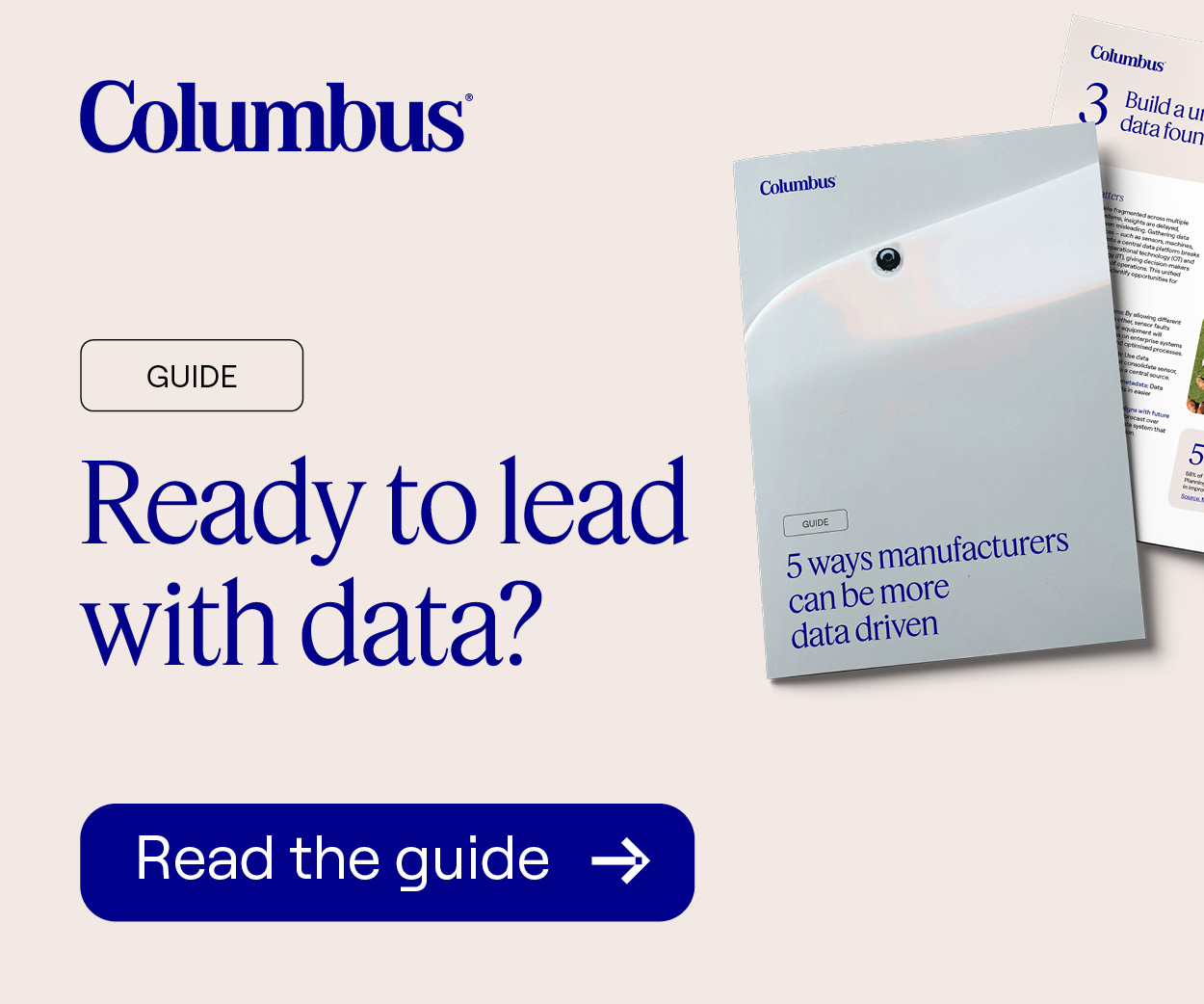Manufacturing has long embraced technology, but is it helping companies work smarter? Because almost every large organization has invested in digital tools. Yet the results are uneven, and in many cases, the frontline still operates in reactive, fragmented, or inefficient ways.
That’s because tools alone do not transform the workplace. The opportunity lies in how people use them, how information flows between systems, and how teams respond in the moment.
Too often, digital workplace solutions have been seen as the domain of IT or white-collar environments. But in manufacturing, where, according to McKinsey data, 80 percent of the workforce is outside the office, efficiency gains must reach the people operating machinery, loading inventory, and managing real-time production. It’s their work that determines whether digital investments translate into business value.
The workplace is everywhere work happens
Efficiency in manufacturing does not begin in the boardroom. It starts where the work is most immediate: on the factory floor and in the warehouse, where interruptions are costly. That’s why the idea of the digital workplace must shift from static systems to connected environments that can flex and respond to real demands.
GlobalFoundries illustrates this shift. Its production environment doesn’t tolerate delays. So, when an issue occurs, downtime isn’t an option. By extending secure remote access across its operational systems technicians can fix problems quickly, regardless of where they’re located. Working closely with IT and innovation teams, it has also introduced smart glasses and augmented reality (AR) based workflows powered by TeamViewer to streamline warehouse operations.
This was not about adopting flashy tech but about placing frontline needs at the center of digital workplace thinking. The result: faster decisions, fewer interruptions, and a clear example of how digital support improves efficiency at scale. And GlobalFoundries is not an outlier; it reflects a broader move to integrate frontline systems into core digital workplace strategies.
When you can see more, you can fix more
Efficiency lags often occur from a lack of issue visibility. Frontline workers may sense issues before data systems register them, but without system-level visibility and seamless support, that insight remains trapped until problems escalate. True efficiency depends on turning that local awareness into organization-wide action.
Mature digital workplace solutions make visibility actionable. By connecting devices across IT and OT, they allow support to become proactive rather than reactive: diagnosing faults remotely, performing updates in real time, and preventing small issues from becoming major disruptions. This reduces downtime and cuts out unnecessary site visits. Even more importantly, it strengthens reliability. When teams know they can resolve problems quickly, they focus on production instead of troubleshooting.
In this way, visibility becomes an operational asset, not merely a management metric, and delivers productivity by removing barriers rather than by adding features. Support becomes seamless and often invisible, so frontline teams stay focused instead of waiting for answers. The result is not just speed but better decisions and more resilient workflows.
Scaling accuracy without slowing down
In high-volume, high-precision environments, consistency is everything. But as product cycles shorten and complexity increases, even experienced teams are under pressure to deliver more, in less time. Doing that without increasing errors means building accuracy into your workflows, not just relying on training or memory.
At Nadro, one of Mexico’s largest pharmaceutical logistics providers, thousands of products move daily, and any misstep can affect efficiency and citizen care. Enter AR-guided workflows. These are smart glasses that display step-by-step instructions in real time which turned workers’ institutional knowledge into repeatable, hands-free processes. All of which accelerates onboarding, improves task accuracy, and provides teams with more confidence when operating at speed.
Nadro is not alone in exploring AR for frontline tasks. Other companies are following suit and quickly seeing gains in consistency and throughput. These operational improvements feed directly into business outcomes: shorter cycle times, lower rework costs, and the ability to scale without proportional headcount increases. They also enhance employee experience by reducing frustration and boosting confidence, supporting retention and long-term performance.
Collaboration without compromise
In manufacturing, collaboration often breaks down where it matters most. Teams are distributed, systems do not always interoperate, and even simple coordination can become a source of delay. When work happens under pressure, the cost of those delays shows up in missed targets and avoidable errors.
What manufacturers need is shared access to the work itself, not another messaging app. Engineers, technicians, and supervisors must operate within the same environment, guide each other through processes in real time, and resolve issues at the point of need.
This kind of collaboration becomes part of daily operations rather than an added step. Platforms that let experts connect directly to the live environment make this possible. TeamViewer helps organizations move from siloed troubleshooting to seamless collaboration. Whether an expert guides a repair remotely or multiple teams access the same interface, the outcome is faster resolution and fewer handoffs. These capabilities integrate into workflows instead of interrupting them.
When collaboration is built into the way people work, productivity advances even as complexity rises.
Efficiency that builds resilience
The organizations making the biggest efficiency gains are not simply adding tools. They are removing friction. That means choosing tools and practices that help teams work together more smoothly, get help instantly, and keep machines and systems running without extra steps.
These kinds of changes do more than boost output today. They help manufacturers adapt when conditions shift, handle higher volumes without proportional increases in staff, and maintain quality under pressure. Across industries, companies have seen that small, targeted updates to processes continuously pay off.
TeamViewer is working with manufacturers worldwide to make these outcomes possible. Not through massive overhauls, but through practical changes that help people work better. Want to make work work better in your business? Click here to learn more.
 Mark Banfield, CCO, TeamViewer
Mark Banfield, CCO, TeamViewer
Mark has been the Chief Commercial Officer and Member of the Executive Board at TeamViewer since February 2025. He is responsible for the global go-to-market strategy and customer success. Mark joined TeamViewer following its acquisition of 1E, where he served as CEO and led the company to growth and operational excellence. A seasoned executive with 20 years of experience in the software industry, Mark has a strong background in building high-performance global teams and driving world-class customer experiences through collaborative, high-energy leadership.
For more articles like this, visit our Digital Transformation channel.




